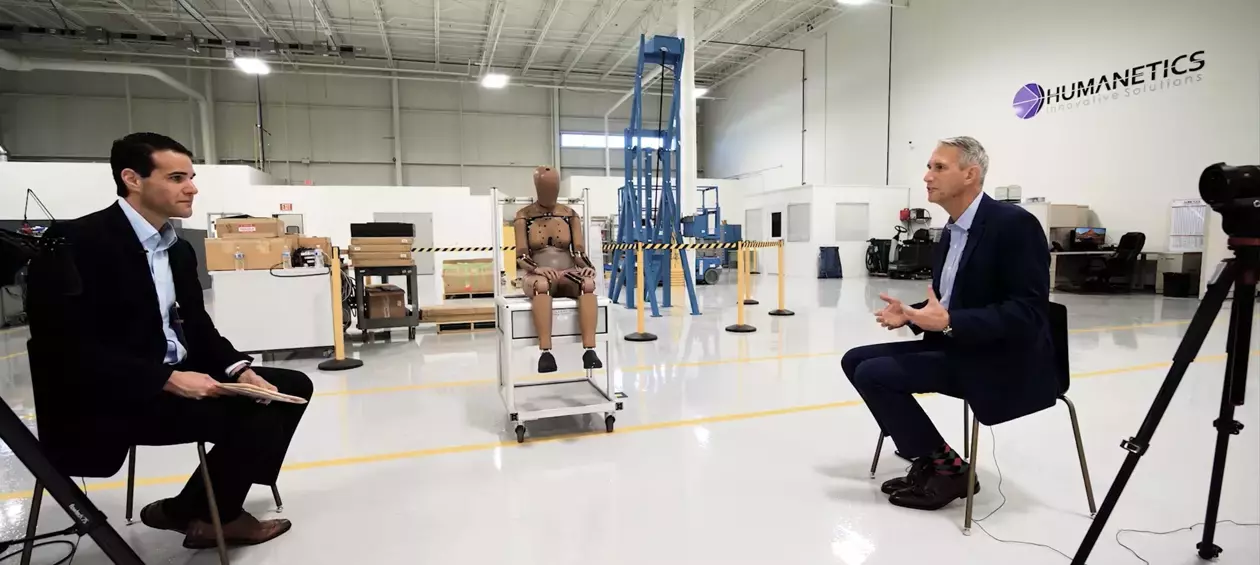Investigate TV: Collision Division: Federal crash test standards favor men, despite women being at higher risk for injury and death when behind the wheel

Investigate TV’s White House correspondent Jon Decker has recently looked in-depth at this issue, interviewing female crash victims, industry experts, and members of congress such as Eleanor Holmes Norton (D-D.C.) and Gus M. Bilirakis, the top Republican on the House Subcommittee on Consumer Protection and Commerce, which oversees NHTSA.
As the news of gender inequality within U.S. federally regulated crash tests permeates our media today, more questions are being asked of our lawmakers about the effect this epiphany has on our society. According to research from the University of Virginia, female drivers in the U.S. are 73% more likely to sustain serious injuries in a car crash than their male counterparts. And 20% more women are likely to die.
The National Highway Traffic Safety Administration (NHTSA) tests dozens of car models a year through both its New Car Assessment Program (NCAP) and it’s Federal Motor Vehicle Safety Standards (FMVSS) protocols to ensure the safety levels of new vehicles sold to consumers. But almost all of these tests put a roughly 5-foot-9-inch, 170-pound male crash test dummy representing a 50th percentile man in the driver’s seat while ignoring females at the helm despite the availability of crash test dummies in existence that represent their distinct anthropometry.
“Their anatomy is different, their neck strength, their head, their torso versus their pelvis, where they sit relative to the steering wheel, how they sit in the vehicle, all add to the level of injuries that [women] get. So, the key is really having a device that can measure those injuries.”
-Chris O’Connor, President and CEO of Humanetics Group
Collision Division: Federal crash test standards favor men, despite women being at higher risk for injury and death when behind the wheel takes a hard look at the aging and outdated crash test regulations and safety ratings that may have misleading implications for the female population of drivers in the U.S.